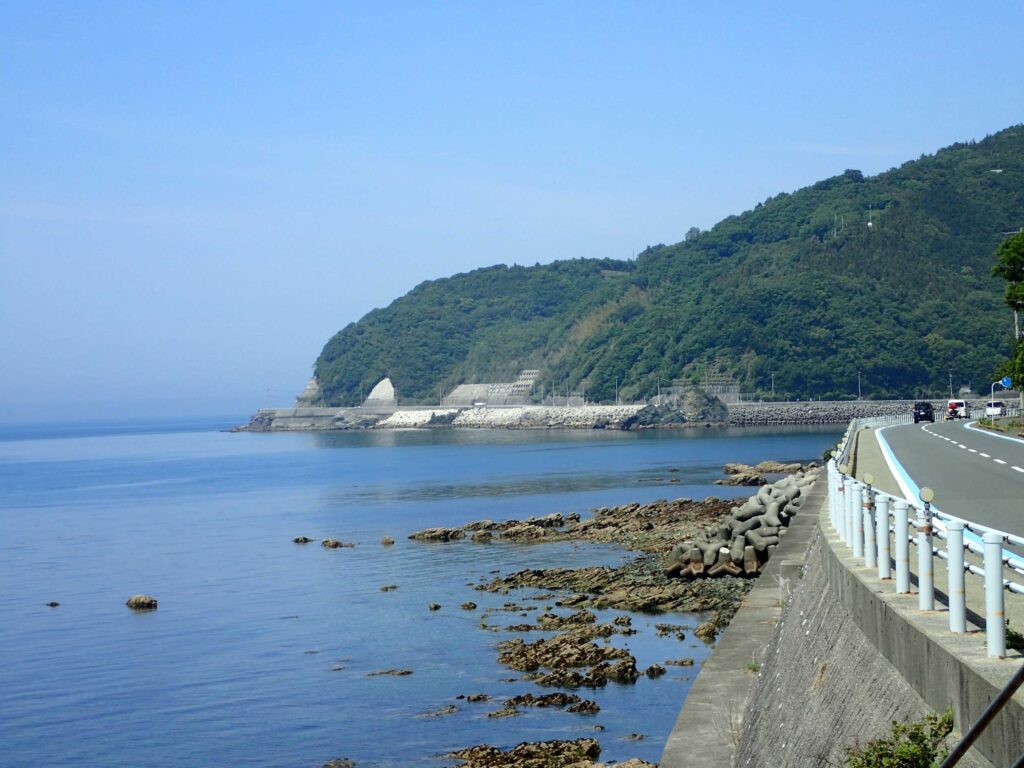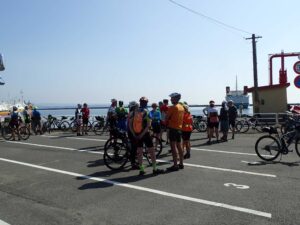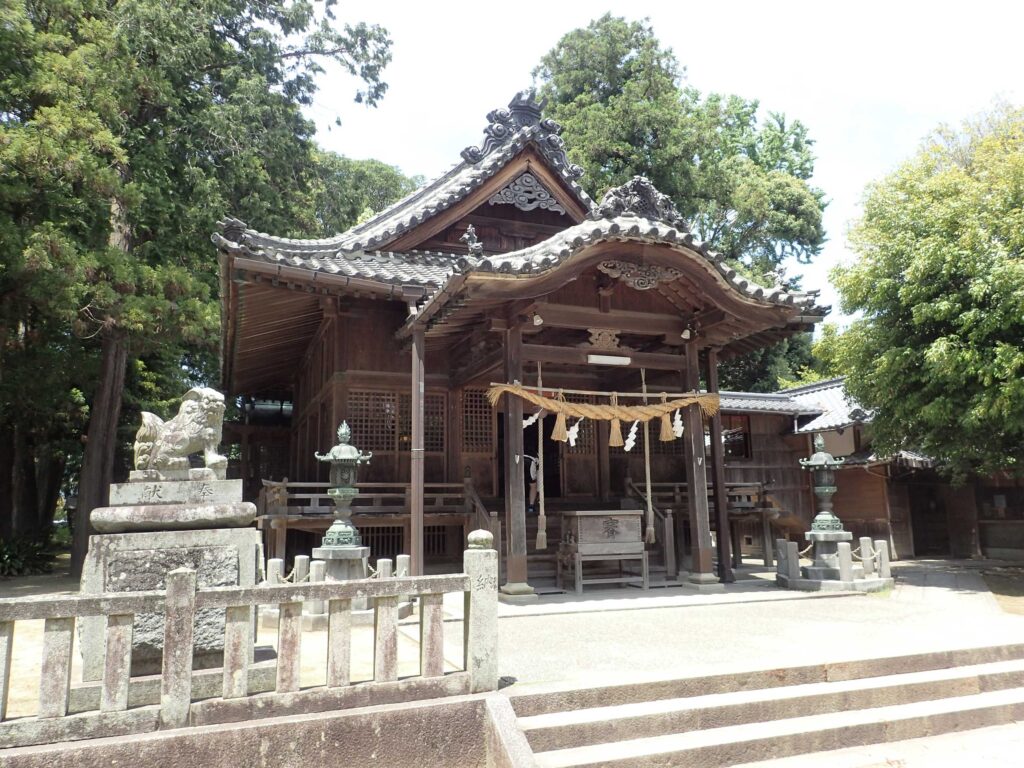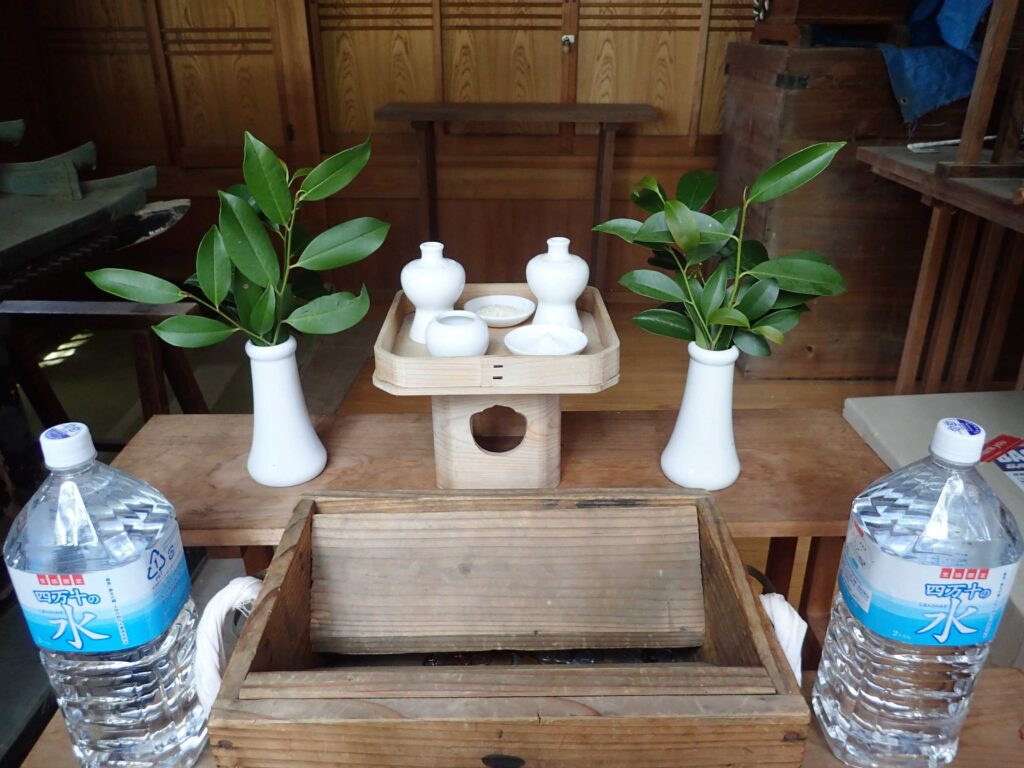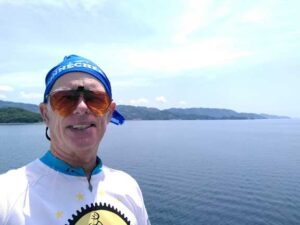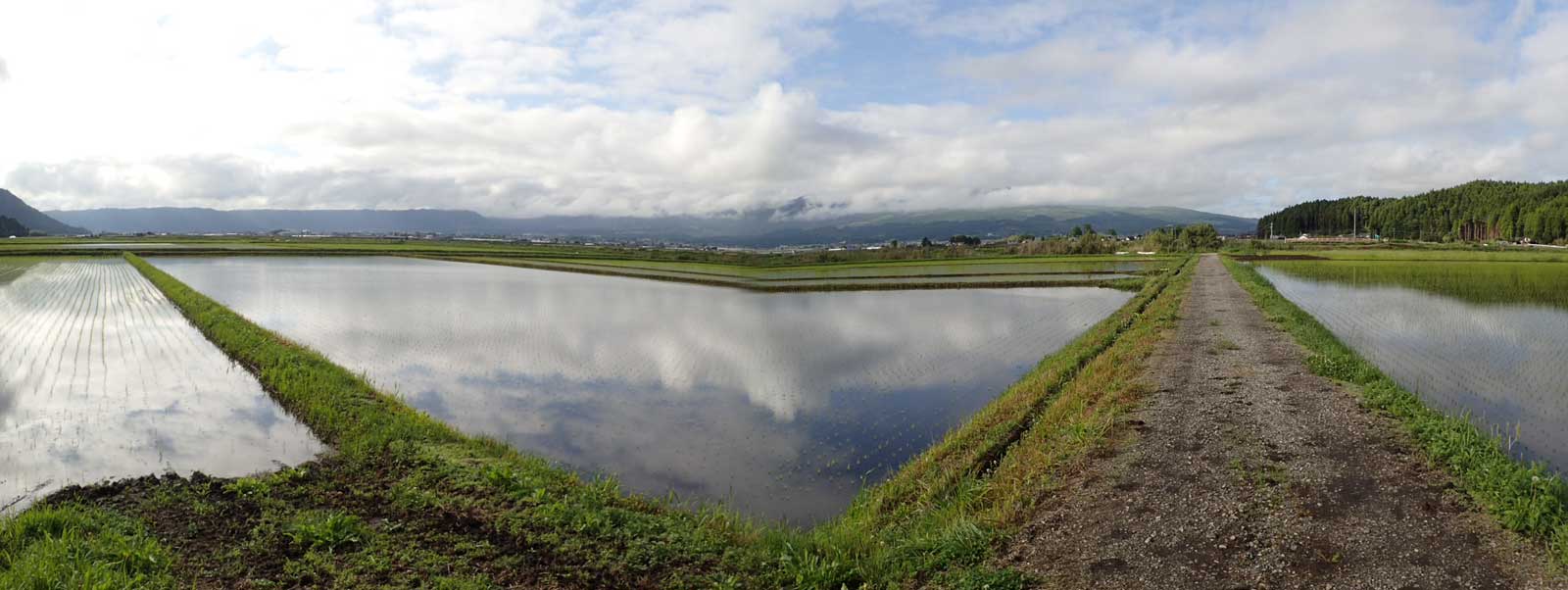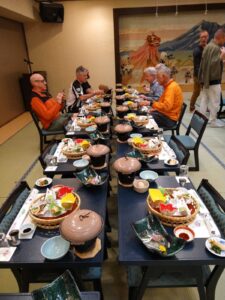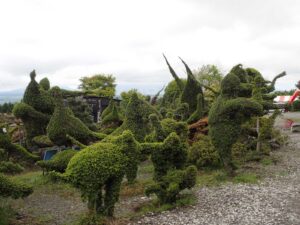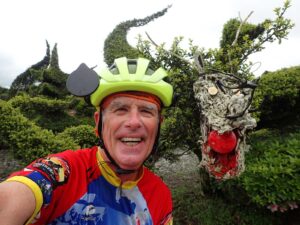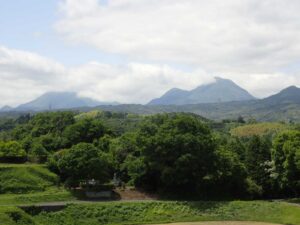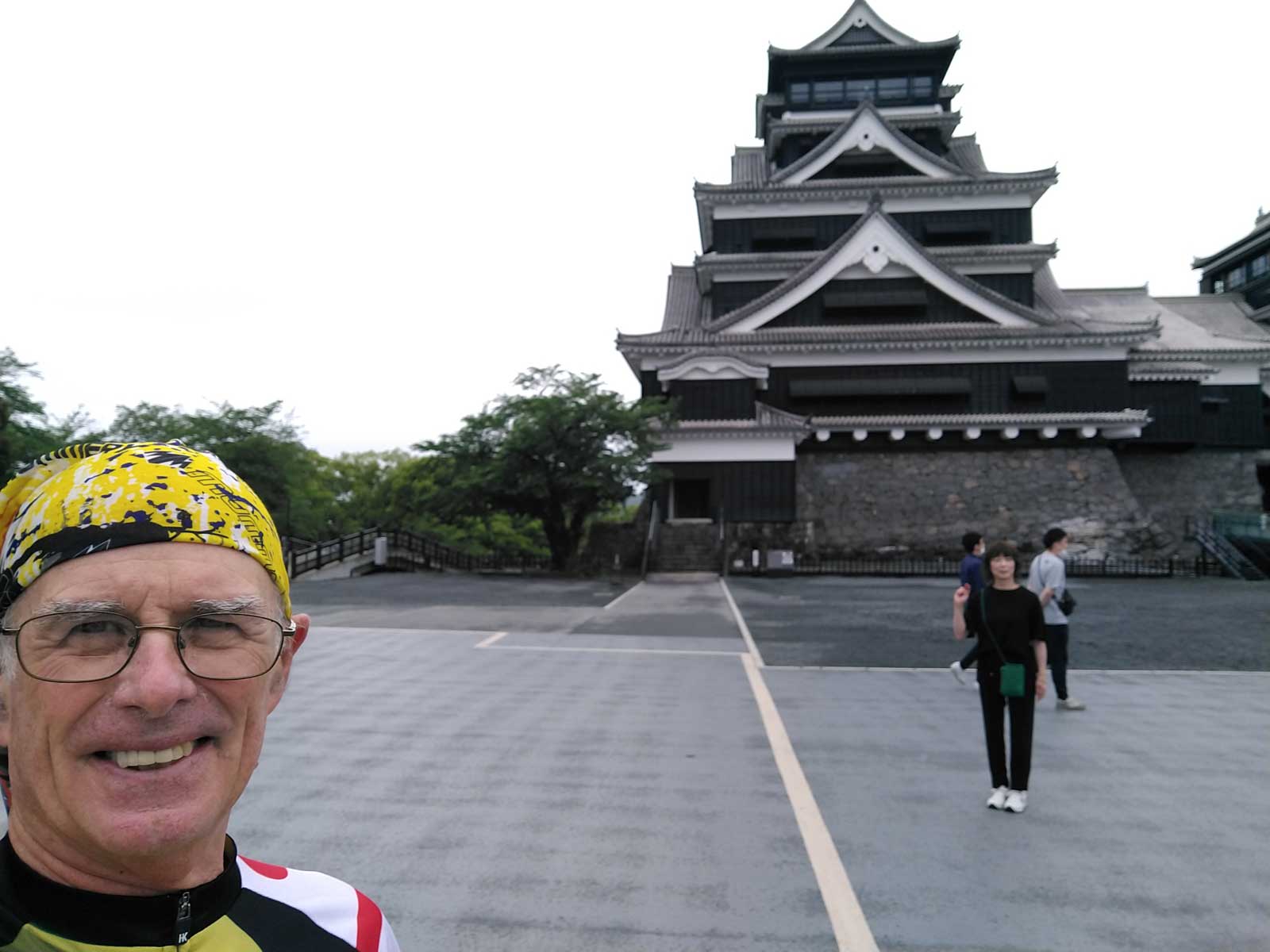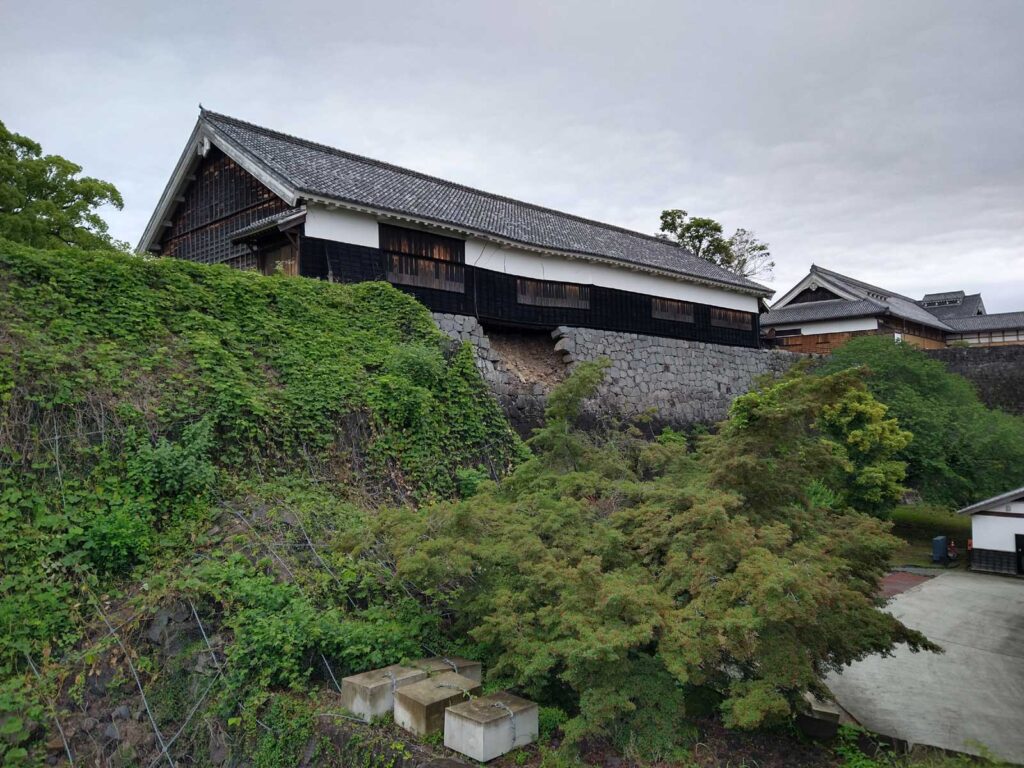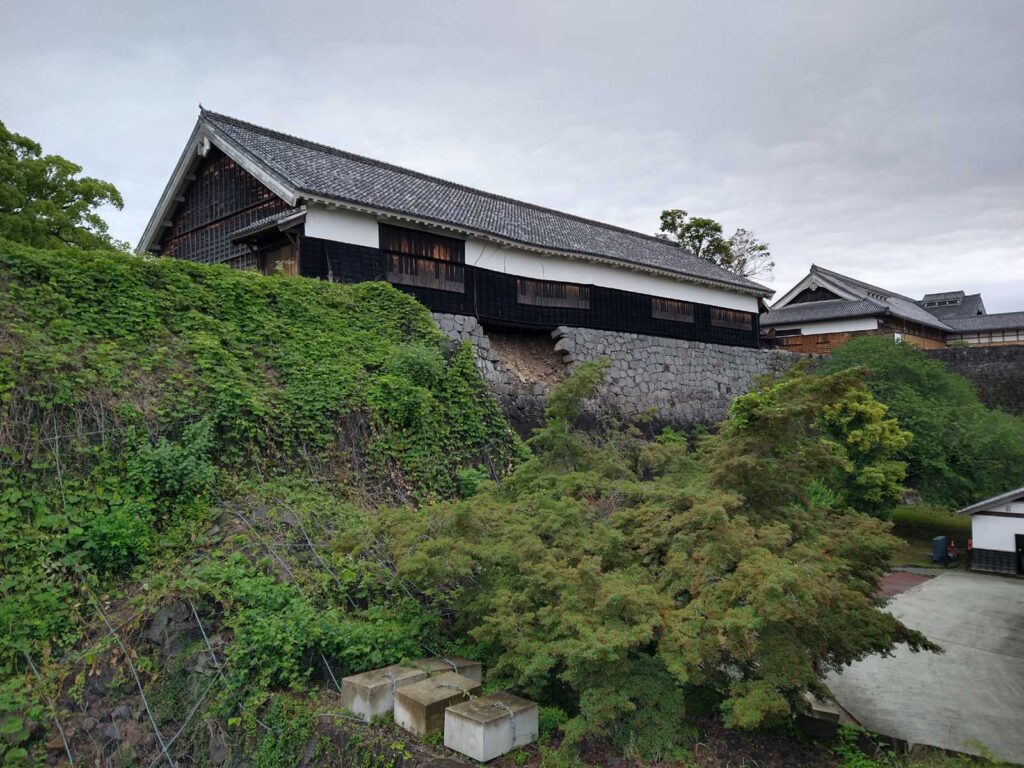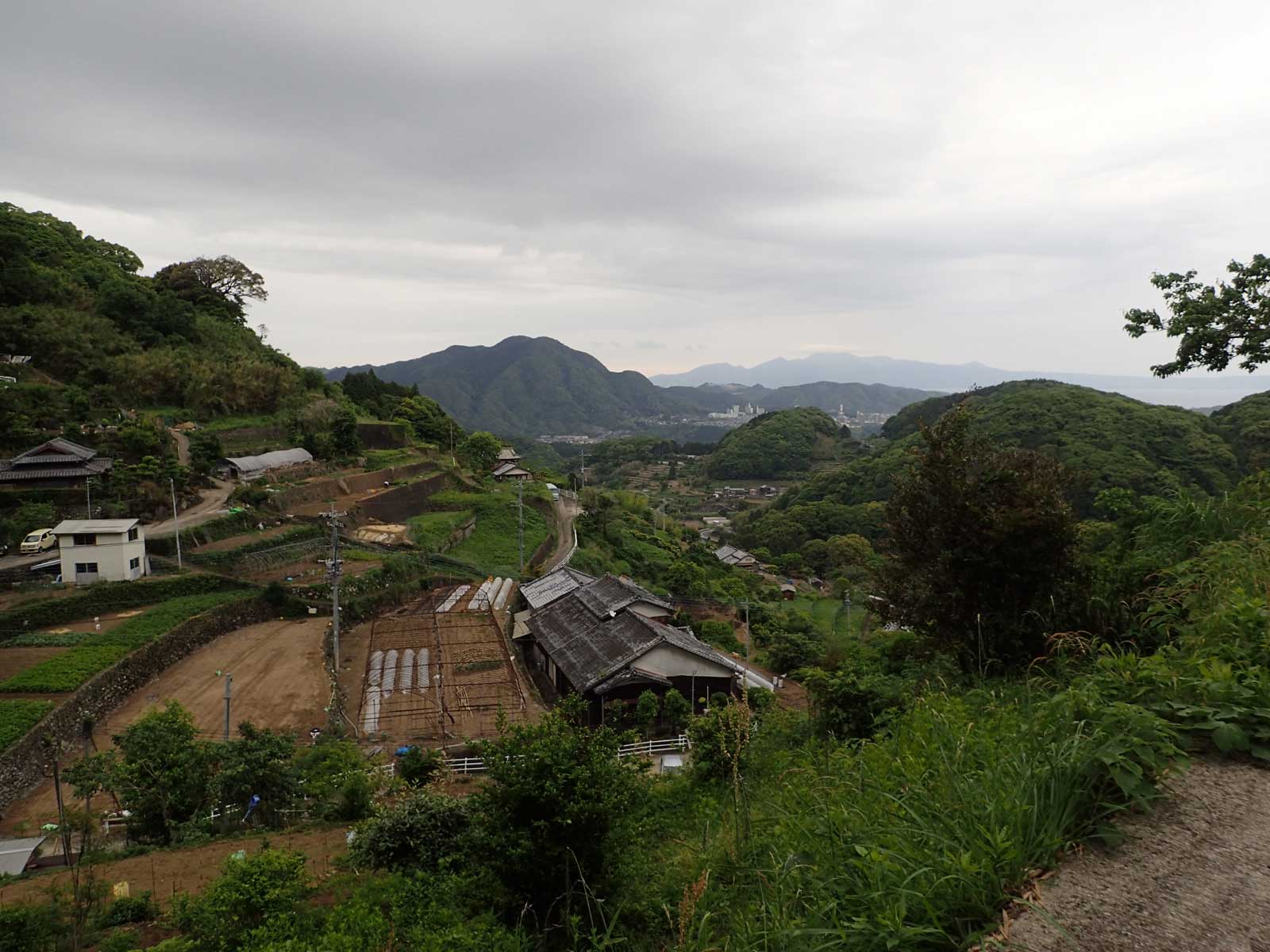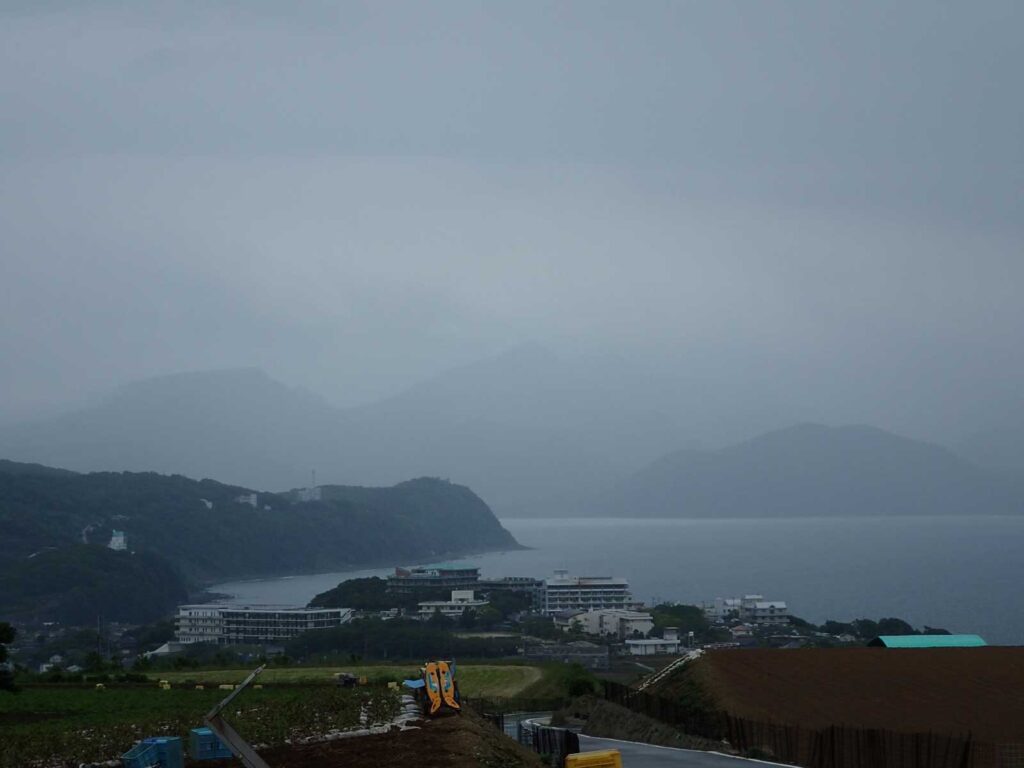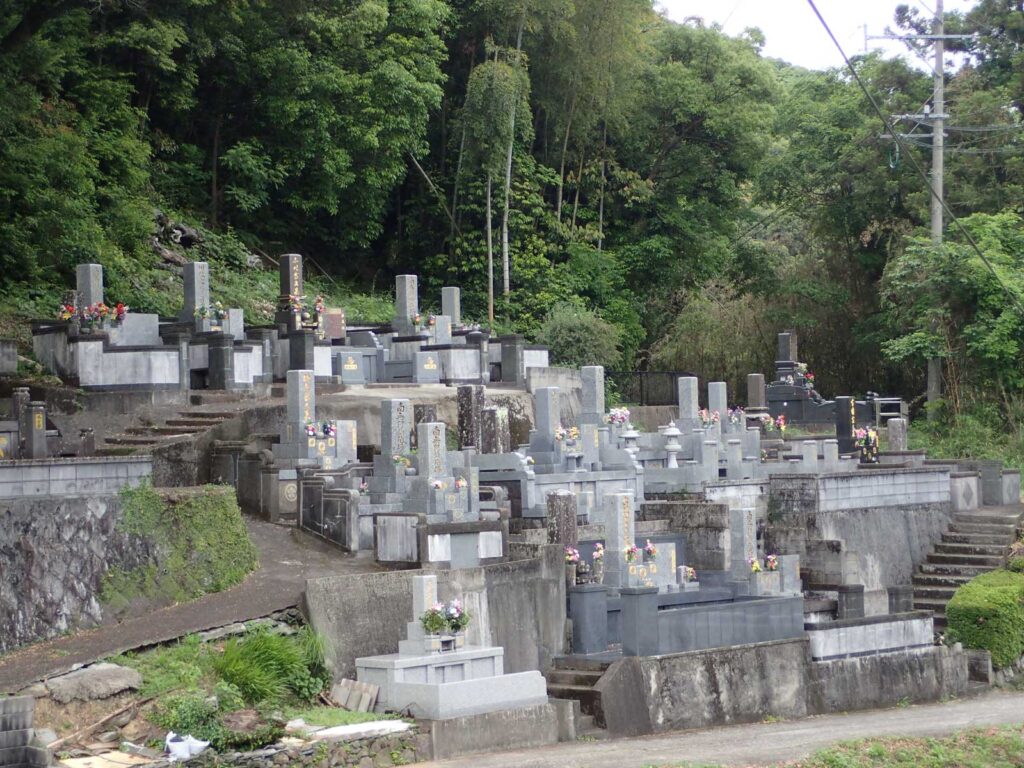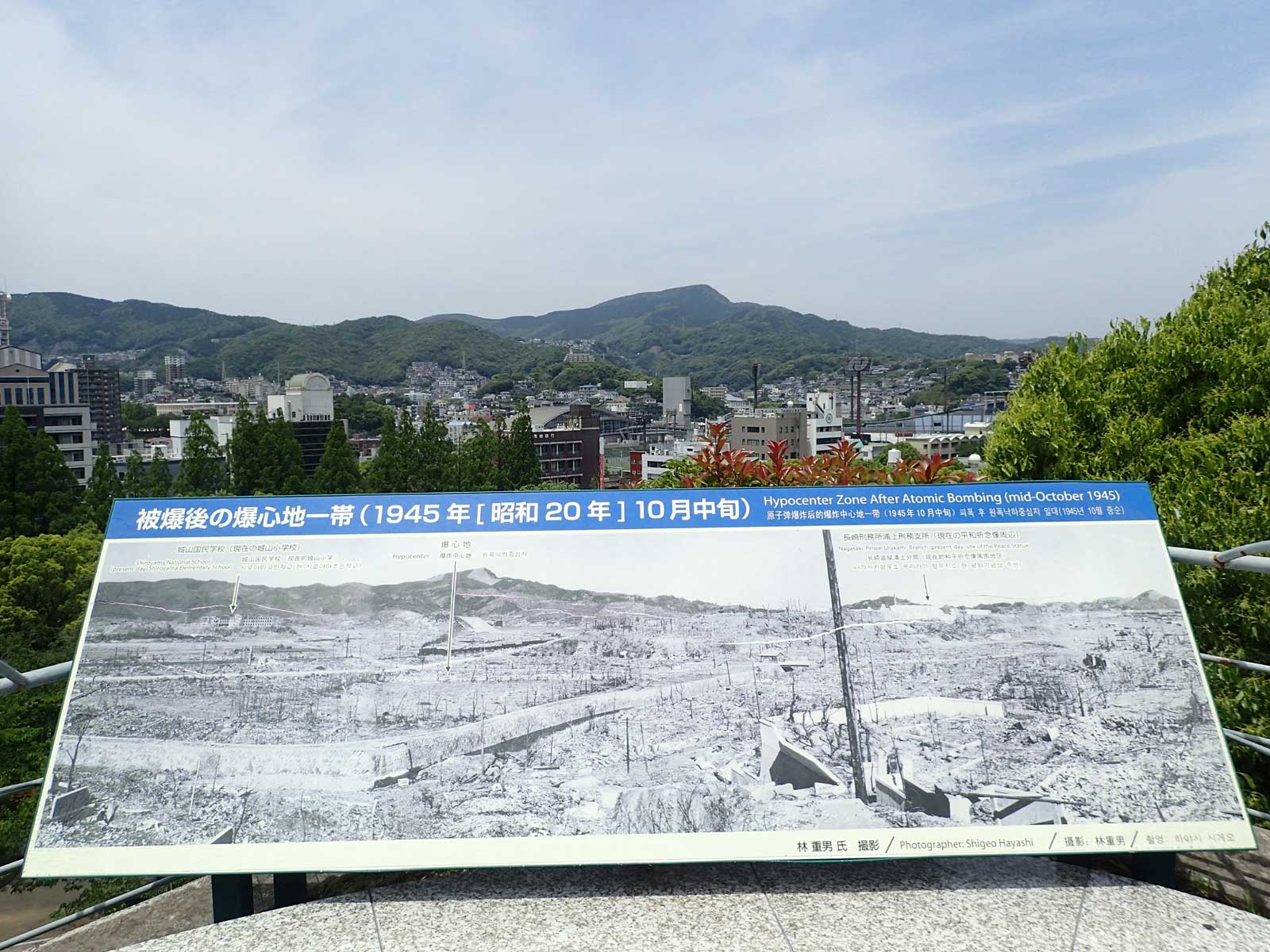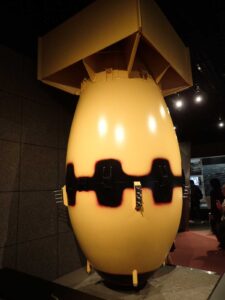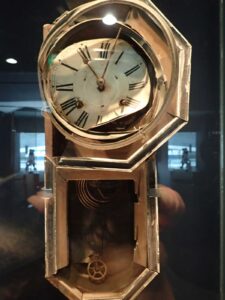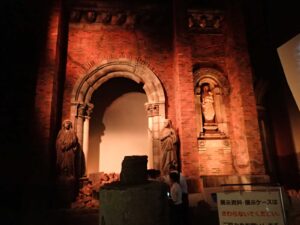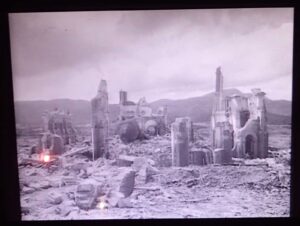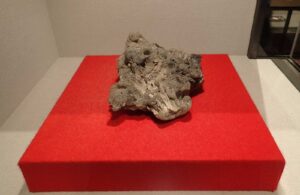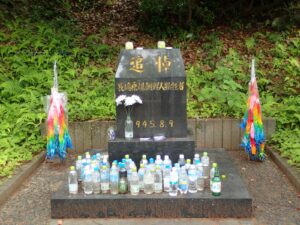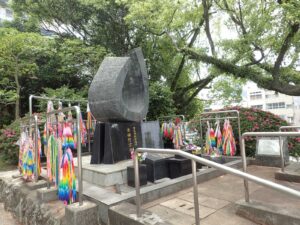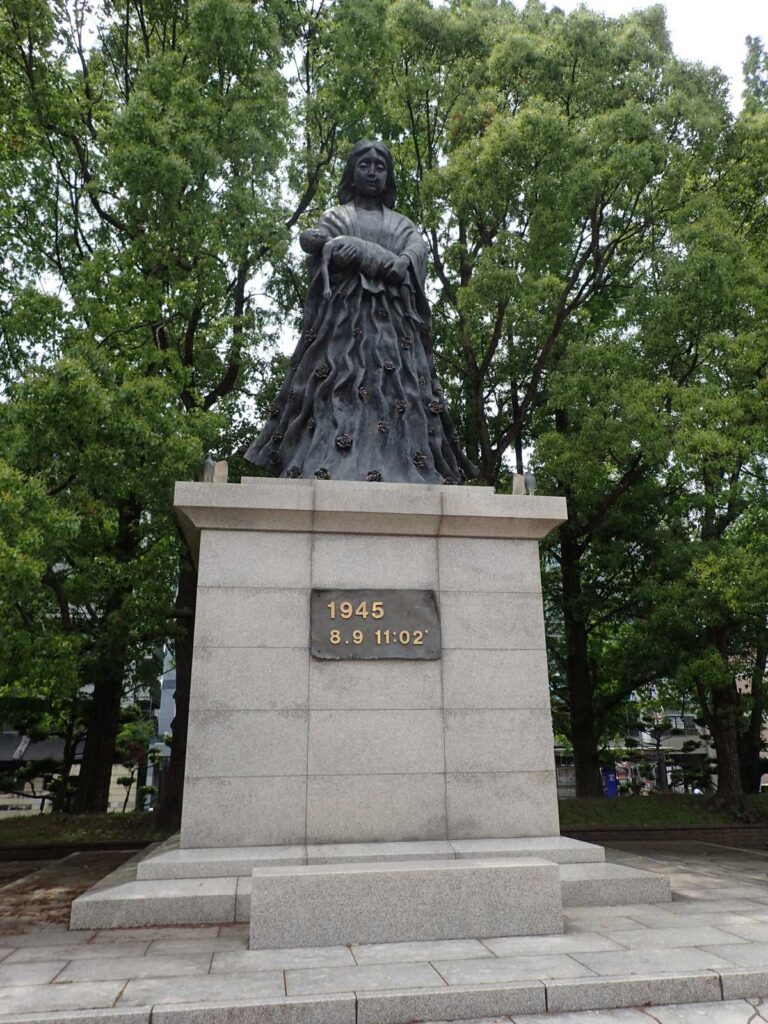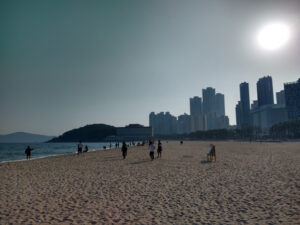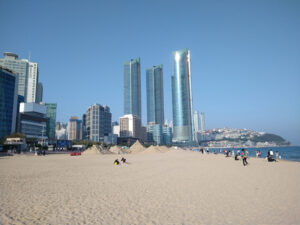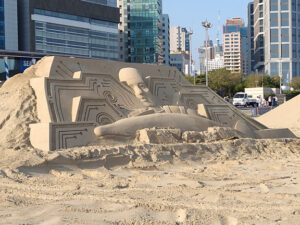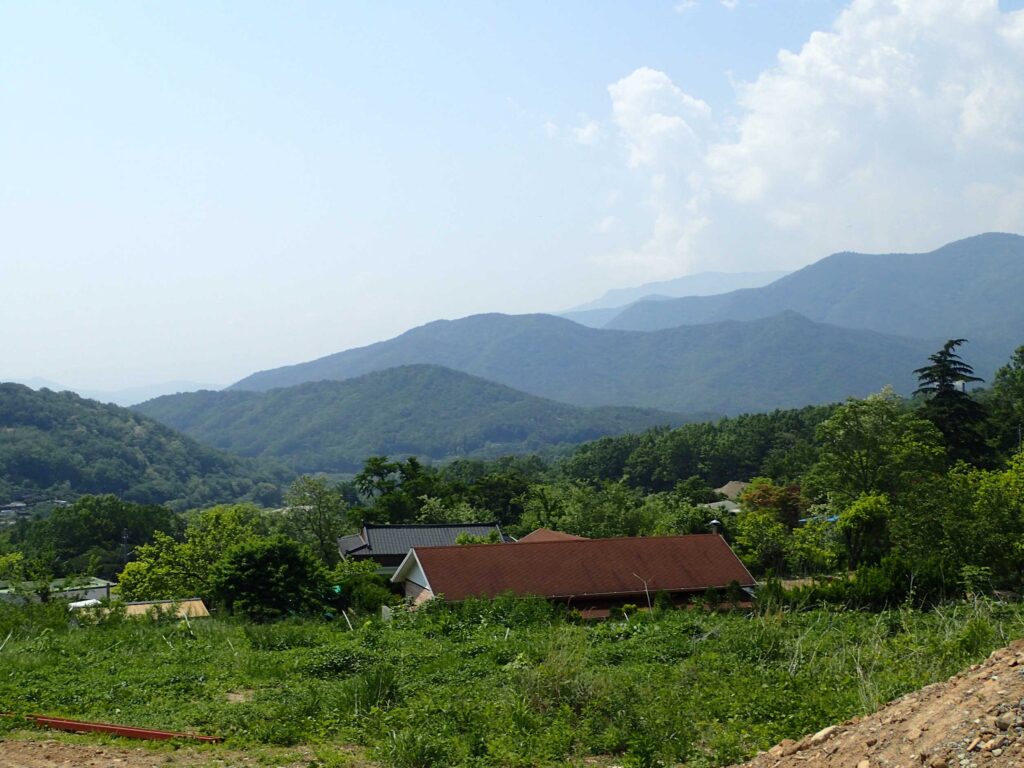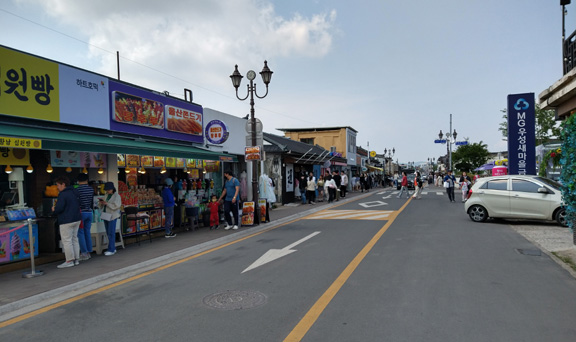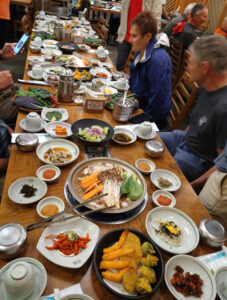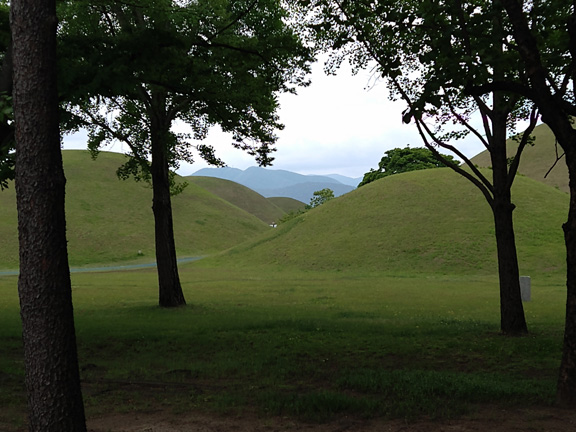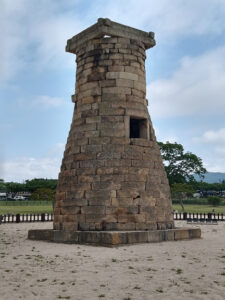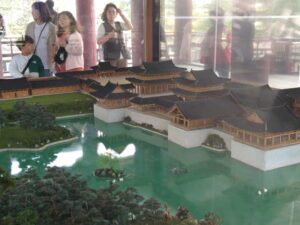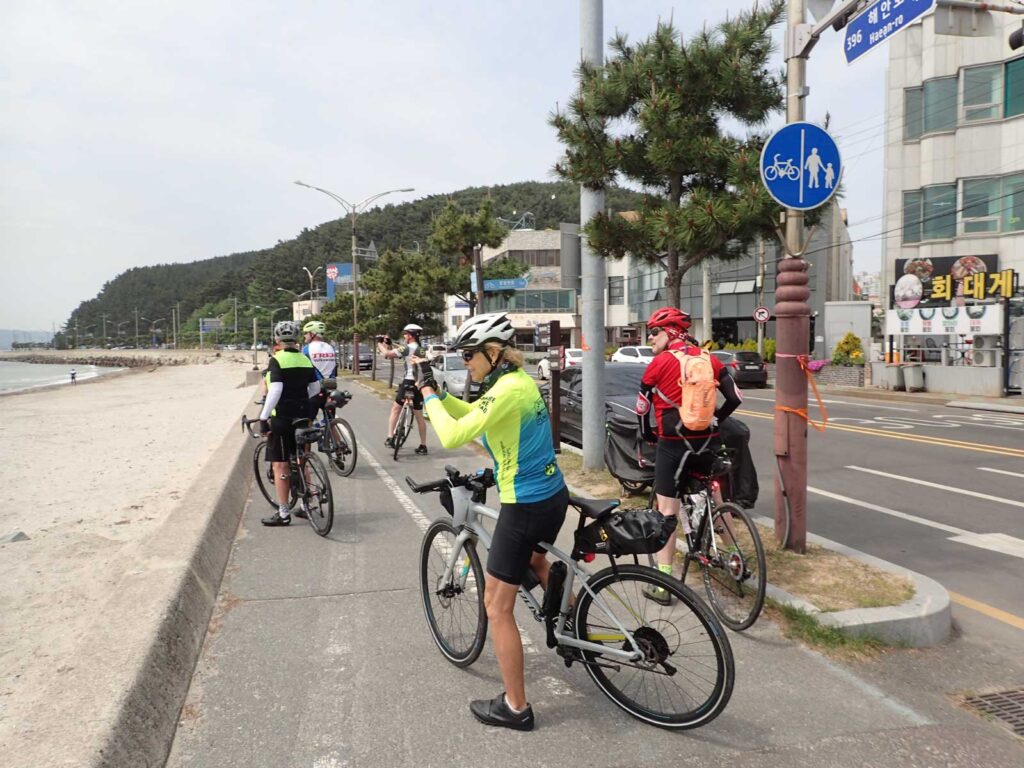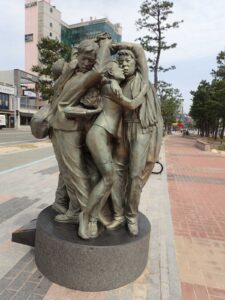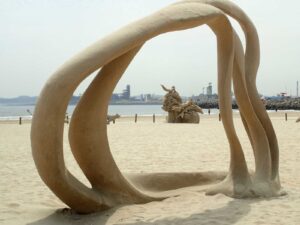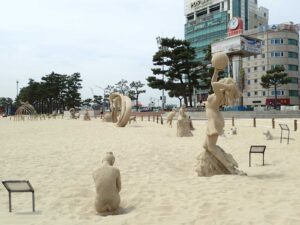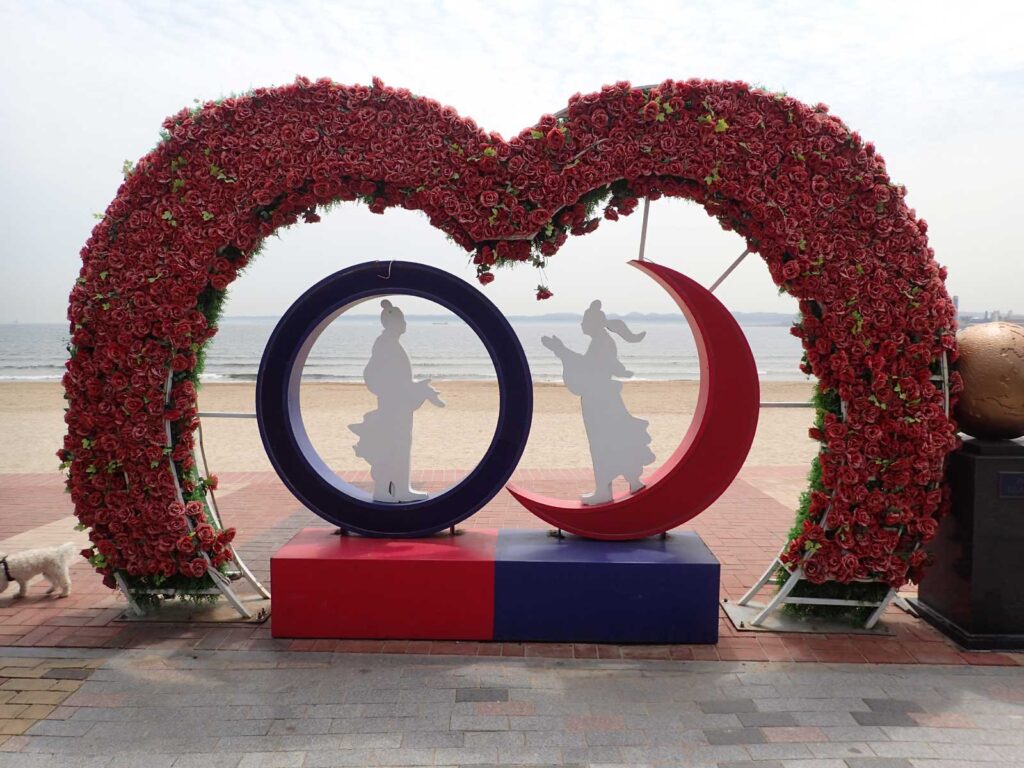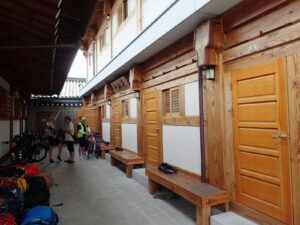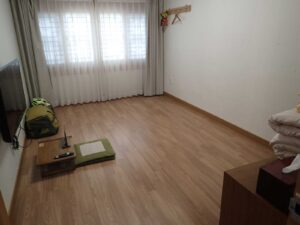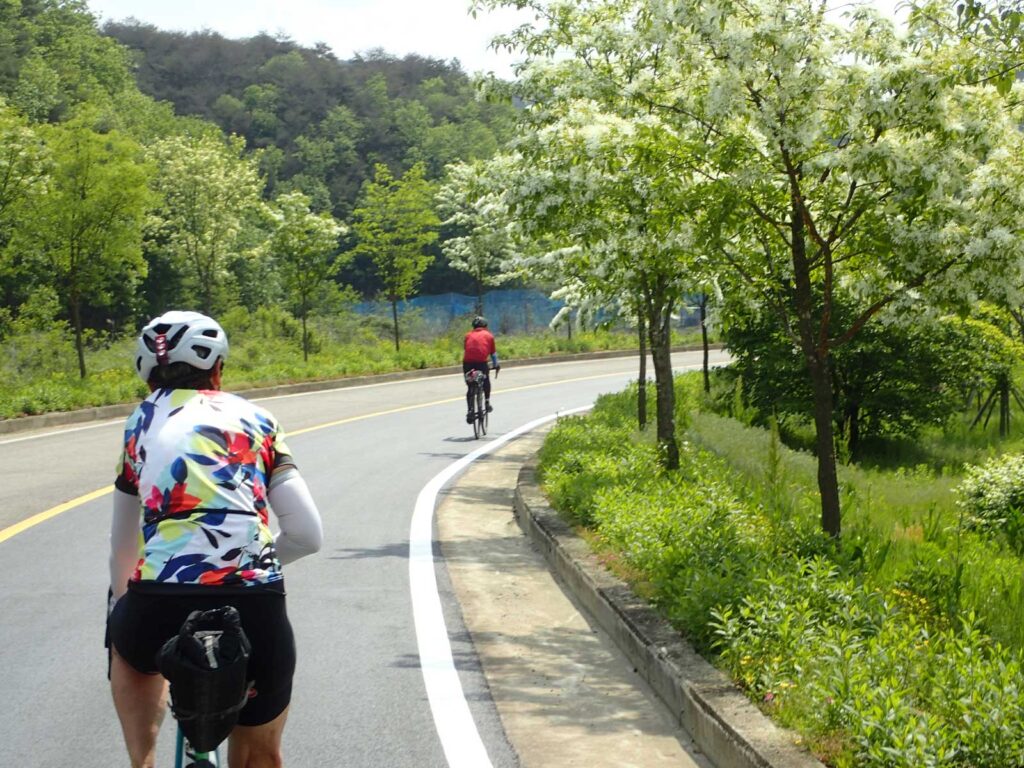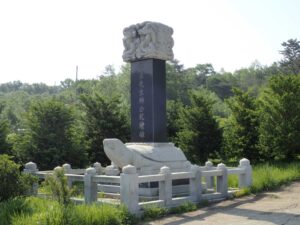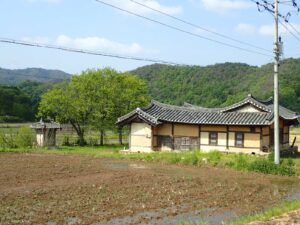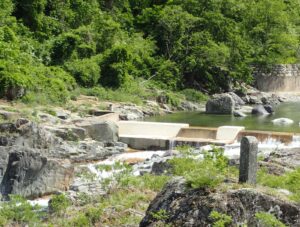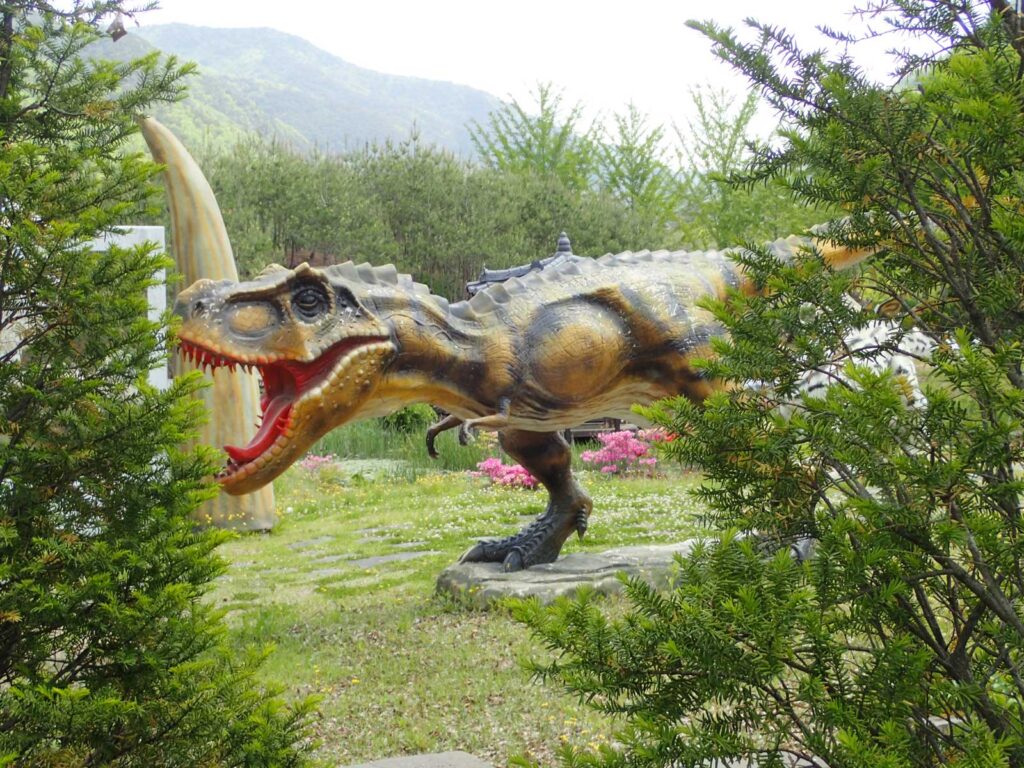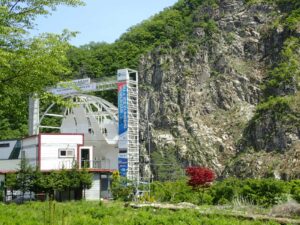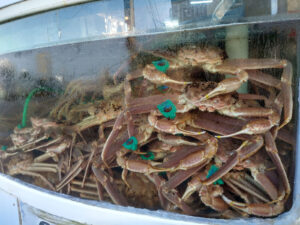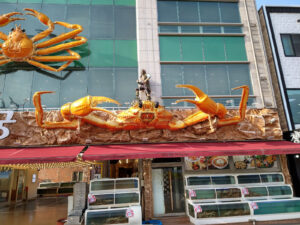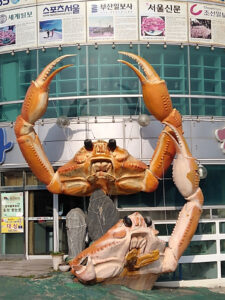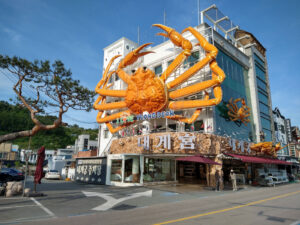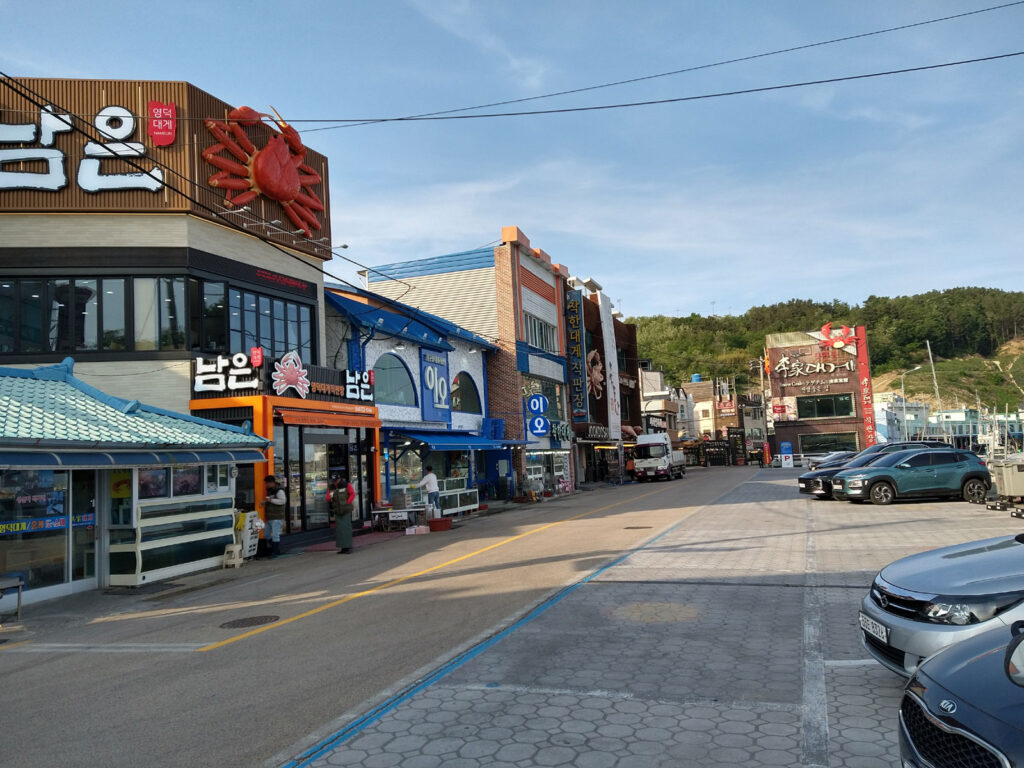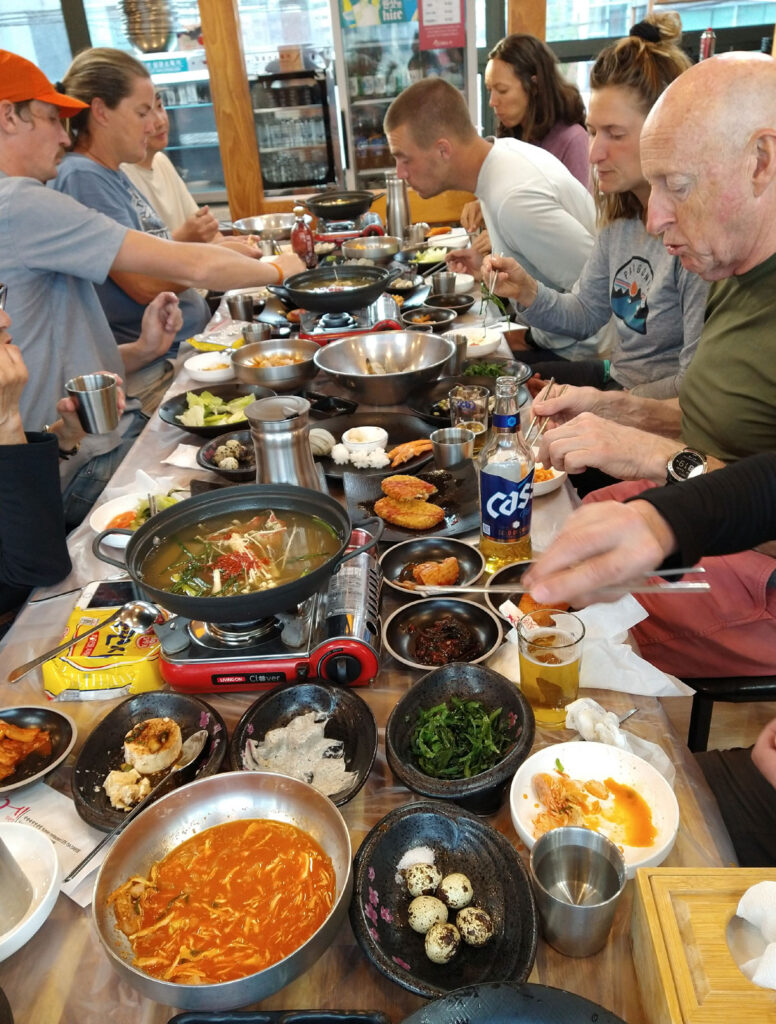Across and Along the Inland Sea
May 21, 2023
Our day began with a group ride to the ferry dock and then a long wait for the ferry. Since we are traveling by bicycle, they wanted up to load first in order to bbe secured and out of the way before vehicles began to load. This gave us some time to work on our tans and generally goof off. Once aboard and bikes secured, we were free to go upstairs to the lounge area. We immediately commandeered the comfy seats for the two and a half ride rather than sit on the floor in the back as the ferry staff invited us to. Since there was a light load of people on this trip and no one who wanted to sit on something other than the floor was unable to do so, we declined the invitation to be uncomfortable. Some of us ventured up on the observation deck briefly to watch Beppu fade away behind us.
Off loaded on Shikoku at the fishing village and ferry landing of Yawatahama, we stopped to visit a beautiful Shinto Temple and admire the lovingly crafted architecture. A small building to the side of the temple was set up for a traditional Tea Ceremony that could have been right out of Shogun if not for the plastic water bottles.
Our route was fairly flat thanks to two tunnels one of which was over two kilometers long. In both cases there was a sidewalk that allowed some degree of safety from the fast moving traffic passing through alongside of us. Aside from two fairly small climbs, most of the route was a beautiful ride along the coast on a road with quite a bit of Sunday traffic but with good paved shoulders for the most part that allowed us to sight see as we rode along. Sweeping views with hazy mountains in the distance along with the smells of salt air and seaweed made it a most pleasurable journey.

The last few kilometers were busier and less scenic as we came into the City of Matsuyama where we have a day off to rest our muscles and get ready for the climbs and journey to Kyoto.

